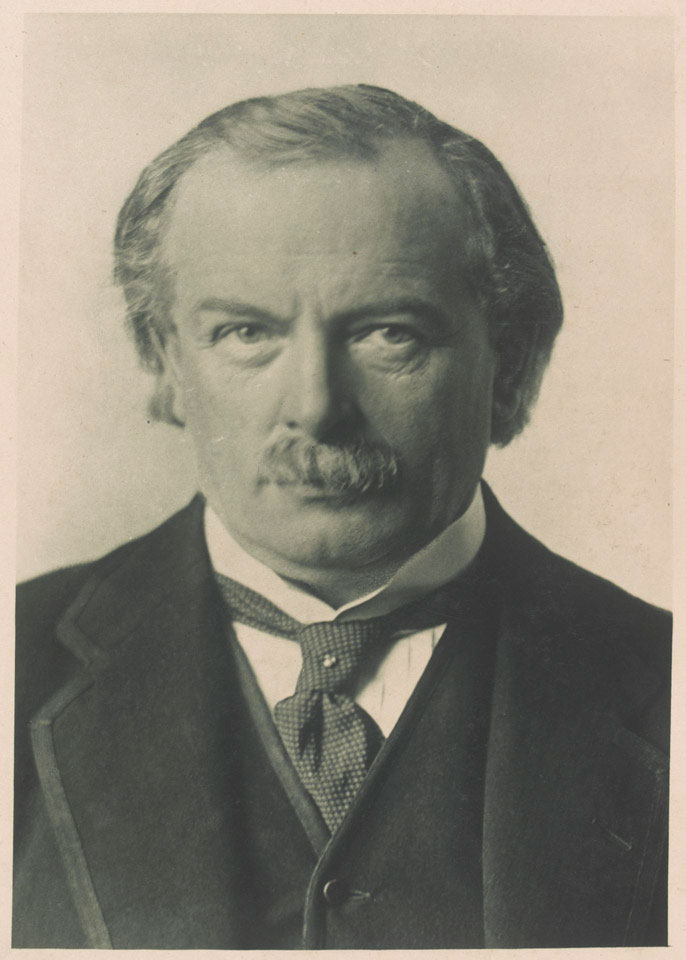
Online Collection
« Prev - 1 of 6 results - Next »
Prime Minister David-Lloyd George, 1918
Photograph, 1918.
David Lloyd-George was an important political figure of the early 20th century and held many prominent positions during and after the First World War (1914-18). On the outbreak of war he was the Chancellor of the Exchequer but following the shells crisis of 1915, took up the newly created position of Minister of Munitions. In this capacity he oversaw a massive expansion in Britain's production of war material. Following the death of Lord Kitchener in 1916, Lloyd-George became Secretary of State for War, before replacing Herbert Asquith as Prime Minister in December that year.
Lloyd-George had a difficult relationship with Britain's senior commanders, in particular Douglas Haig, the commander of Britain's armies on the Western Front, and William Robertson, the Chief of the Imperial General Staff. In defiance of their advice and hoping to avoid the heavy losses that came with fighting battles on the Western Front Lloyd-George persistently advocated a strategy of deploying troops to alternative theatres of war, like Salonika, Italy and Palestine.
In 1918, Lloyd-George promoted himself as the 'the man who won war' in order to win election as the head of a Liberal-Conservative coalition. As well tackling the problems of Britain's post-war reconstruction, Lloyd-George played a major role at the Paris Peace Conference. He also helped create Britain's commemorative culture through sponsoring the creation of the Cenotaph, the two-minute silence and the grave of the Unknown Warrior.
From an album of 500 photographs compiled by the Anglo-Russian Press Service Limited and dedicated to the Prime Minister, Lloyd George, and those who fell in World War One (1914-1918).
NAM Accession Number
NAM. 1981-03-28-2
Copyright/Ownership
National Army Museum, Out of Copyright
Location
National Army Museum, Study Collection
Object URL
https://collection.nam.ac.uk/detail.php?acc=1981-03-28-2

